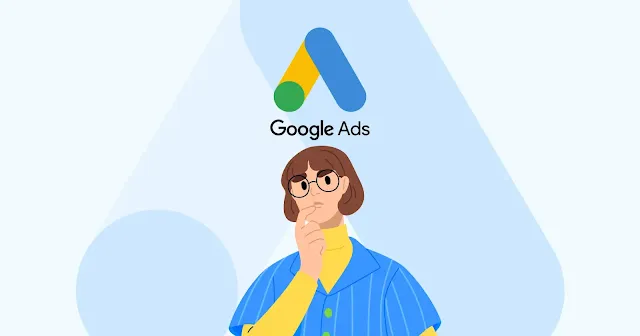Chapter 3: Types of Google Ads Campaigns
🌐 1. Search Campaigns
Text ads appear on Google Search results pages when users search relevant keywords.
🌟 2. Display Campaigns
Banner ads shown across the Google Display Network (websites, blogs, apps).
🎥 3. Video Campaigns
Show ads on YouTube (skippable, non-skippable, bumper, and discovery formats).
🛍️ 4. Shopping Campaigns
Ideal for eCommerce. Ads include product images, price, and merchant info.
📱 5. App Campaigns
Promote mobile app installs across Google Play, YouTube, and the Display Network.
🔄 6. Performance Max
Automated campaigns across all Google channels. Great for maximizing conversions with minimal manual setup.
🏢 7. Local Campaigns (Now part of Performance Max)
Promote physical store visits with Google Maps integration.














